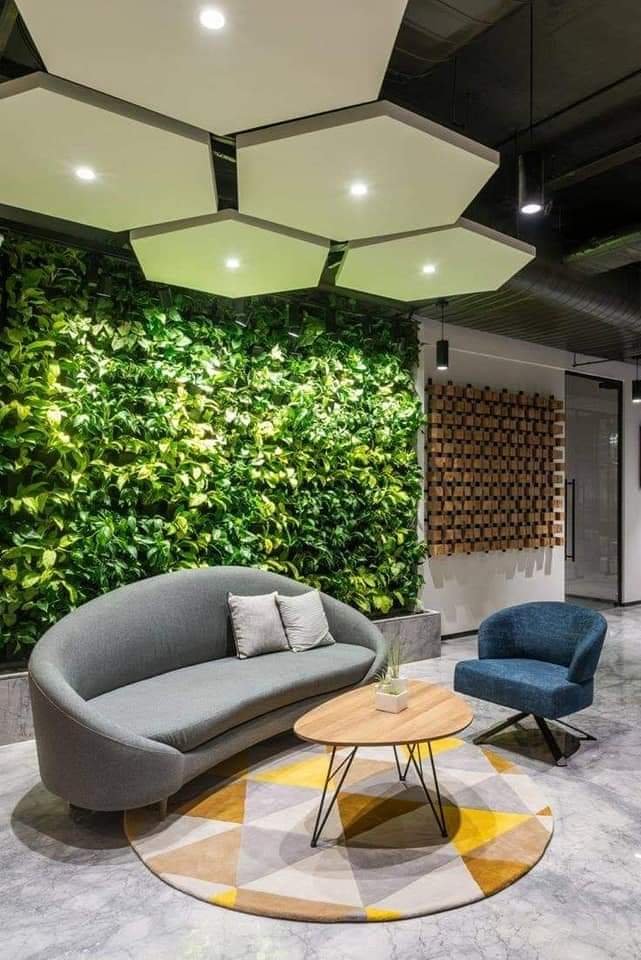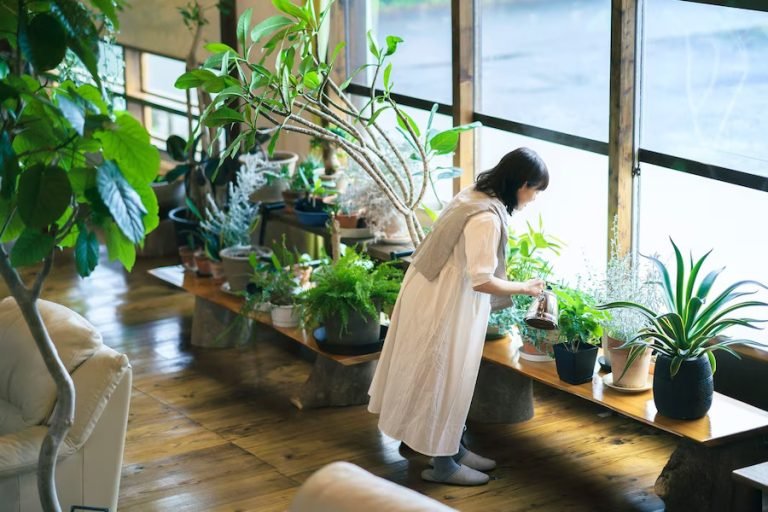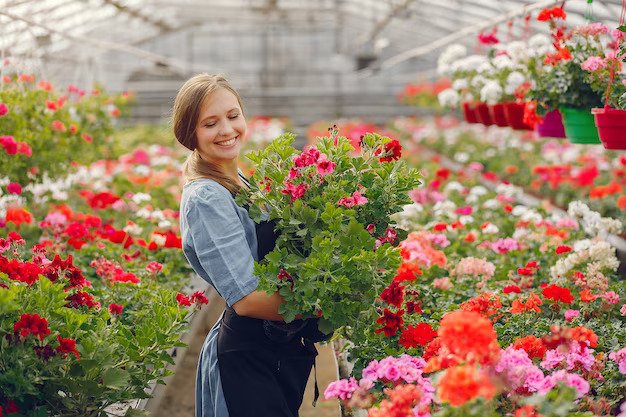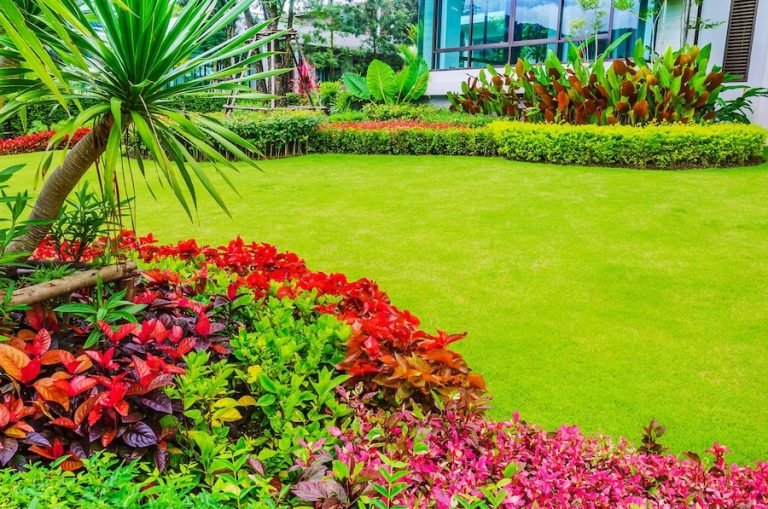Embracing Nature’s Beauty: A Guide to Outdoor Plants.
Outdoor plants not only add aesthetic appeal to our surroundings but also contribute to a healthier and more vibrant environment. Whether you have a sprawling garden, a modest balcony, or a tiny window ledge, the world of outdoor plants offers a diverse array of options to suit every space and preference. In this article, we explore the joys of cultivating outdoor plants, from enhancing curb appeal to fostering a deeper connection with nature.
To know more about it please click here
The Benefits of Outdoor Plants:
a. Enhanced Aesthetics: Outdoor plants bring a burst of color and texture, transforming any space into a visual delight. b. Air Purification: Plants act as natural air purifiers, absorbing pollutants and releasing oxygen, contributing to a healthier living environment. c. Stress Reduction: The presence of greenery has been linked to stress reduction and improved mental well-being. d. Biodiversity Support: Outdoor plants attract beneficial insects, birds, and other wildlife, fostering a mini-ecosystem in your backyard.
Choosing the Right Plants
Consider Your Climate: Select plants that thrive in your specific climate zone to ensure optimal growth. b. Assess Sunlight Conditions: Different plants have varying sunlight requirements, so take note of the sunlight patterns in your outdoor space. c. Space Considerations: Whether you have a large garden or a compact balcony, choose plants that fit the available space and complement the overall design.
Popular Outdoor Plants
Flowering Perennials: Plants like roses, daisies, and lavender provide vibrant blooms year after year. b. Shrubs and Bushes: Azaleas, hydrangeas, and butterfly bushes add structure and texture to outdoor spaces. c. Herbs and Edibles: Grow herbs like basil, mint, and thyme for both culinary use and aromatic appeal. d. Succulents and Cacti: Ideal for low-maintenance gardening, these plants thrive in various climates and add a modern touch.
Caring for Outdoor Plants
Watering: Understand the watering needs of your plants, avoiding both under and over-watering. b. Pruning: Regular pruning promotes healthy growth and maintains the desired shape of plants. c. Fertilizing: Use appropriate fertilizers to provide essential nutrients for robust plant development. d. Pest Control: Keep an eye out for pests and take preventive measures, opting for natural remedies whenever possible.
Gardening Accessories and Tools
Quality Soil: Ensure your plants are planted in nutrient-rich soil suitable for their specific needs. b. Gardening Gloves: Protect your hands from thorns, soil, and potential irritants while working with plants. c. Watering Can or Hose: Provide adequate hydration to your plants using a suitable watering can or hose. d. Pruning Shears: Invest in quality pruning shears for precise and effective trimming.
Creative Outdoor Plant Arrangements: a. Container Gardening: Ideal for smaller spaces, container gardening allows you to experiment with various plant combinations. b. Vertical Gardens: Utilize walls or trellises to create vertical gardens, maximizing space and adding a unique visual element. c. Theme Gardens: Create themed gardens, such as a butterfly garden with plants that attract butterflies, or a fragrant garden with aromatic blooms.
Community and Sustainability: Join local gardening communities or share plants with neighbors to foster a sense of community and promote sustainable gardening practices.
To know more about it please click here
Conclusion
Embracing the world of outdoor plants is a rewarding journey that goes beyond mere decoration. It’s about cultivating a connection with nature, promoting environmental well-being, and creating a space that reflects your personality and style. Whether you’re a seasoned gardener or a beginner with a green thumb, the world of outdoor plants offers endless possibilities for growth, beauty, and a deeper appreciation for the wonders of the natural world.







